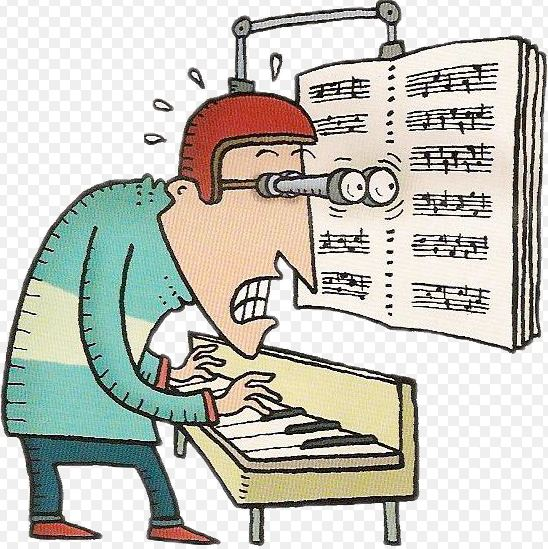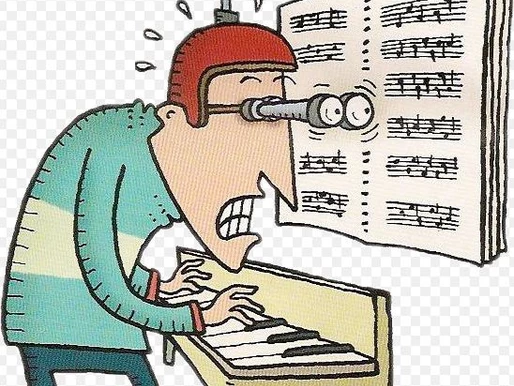Uncategorized
Reading notes like an open book
Reading notes like an open book
HOW TO READ SHEET MUSIC MORE EFFICIENTLY

One simple exercise to improve sight-reading:
Sight-Reading (or a prima vista) is the performing of a piece of music that the performer has never seen before. In its simplest way, sight-reading is all about notes, because they are what we always see first when we look at a piece of music. Therefore, sight-reading is often described as ‘’challenging’’ and ‘’difficult’’.
There are many ways how to improve it but in this article, I would like to refer myself to just one simple but very useful exercise we often forget. I call it ‘’Reading notes like an open book’’.
As a piano teacher with many years of experience I found that students are not able to read notes as fast and as accurate as possible because they are often not sure what is the name of the note. I am giving you my ‘’method’’ of practising it and I assure you that it is working.
Some of you may or may not remember how we all started reading. First of all, we learned single letters (ABCs). We practised them over and over again in both –reading and writing- ways until we were perfect in it. Then, we put two letters together, tried to identify them and read them. That was probably our first word. But we didn’t stop there. We went into putting three letters together, then four…and finally we were able to read more complex words and even the whole sentences. The same way goes for reading notes for any piece of music. First of all, you have to be completely sure about the name of each and every NOTE so you can read it and play it easily. If you fail in that step, everything else like rhythm, tempo, dynamic, articulation…won’t be accurate.
Do, re mi… A, b, c….
Here there is a simple exercise:
Take your piano book, open it and randomly find just one piece that you have never seen before. Now, try to read just the notes like you read a book with words – try to be as fast as possible. Even if you are not sure about each and every note, put every effort you have and read notes at a faster tempo.
For example: L. van Beethoven, Für Elise- start reading notes out loud –
E Dsharp E Dsharp E B D C A//C E A B// E Gsharp B C…
Quarter note, half note, whole note….
We shouldn’t forget about the rhythm. Take a look before starting to the note values ahead, and count the beats in your head.
Try to do one phrase that way and then play just the notes on the piano.
Then add to your performance the correct rhythm and later on, articulation, dynamic and tempo. If you practise sight-reading only by doing this you will see the result very soon. During the lesson, I spend 5-10 minutes reading and playing notes like this and I can see how good improvement they do from lesson to lesson.
They are more confident, faster and, at the same time, have great fun!
After all, isn’t fun and joy what music is all about?
Reading notes like an open book
#pianolessonsforbeginners #wkmtteachers #pianolessonsLondon #musiclessonslondon #easykeyboardnotes

